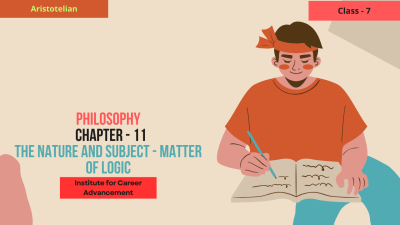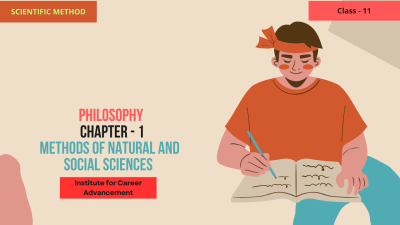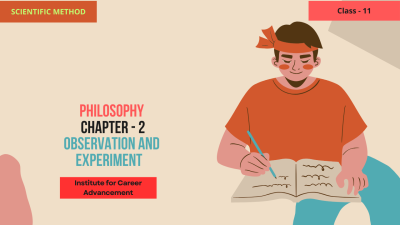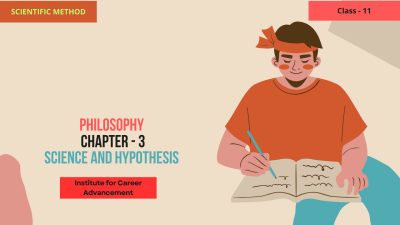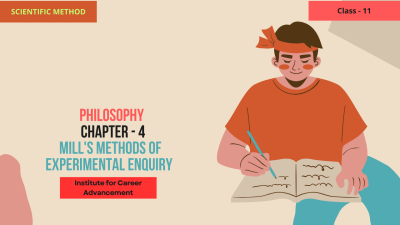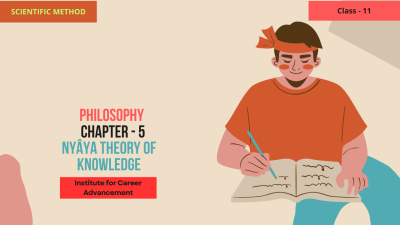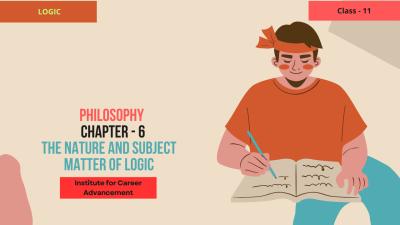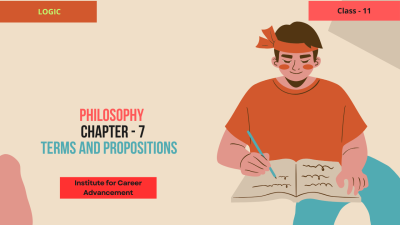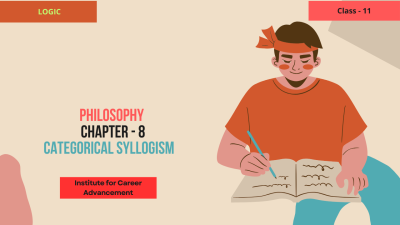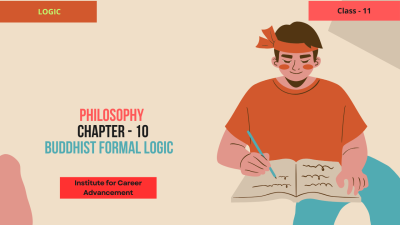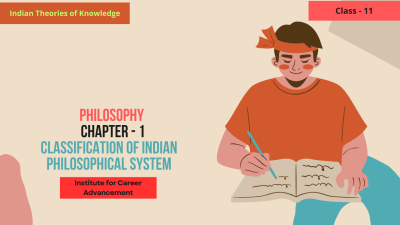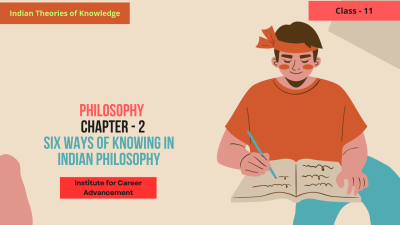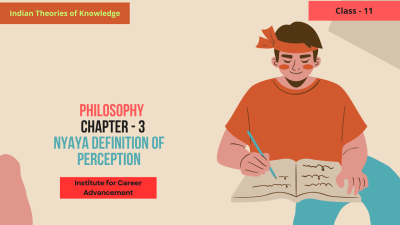The Nature and Subject - Matter of Logic - Class 11
Logic is the study of reasoning and argumentation. It's concerned with how we think, how we construct arguments, and how we can determine whether those arguments are valid or sound. Key Aspects: Formal vs. Informal Logic: Formal Logic: Deals with the structure and form of arguments, focusing on the validity of inferences based on their logical form, regardless of the content. Informal Logic: Concerned with the content and context of arguments, evaluating them for their strength, relevance, and persuasiveness in everyday language. Core Concepts: Propositions: Statements that can be either true or false. Arguments: A set of propositions where one or more (premises) are intended to support another (conclusion). Validity: A deductive argument is valid if its conclusion necessarily follows from its premises. Soundness: A deductive argument is sound if it is both valid and its premises are true. Laws of Thought: Law of Identity: A thing is identical to itself (A is A). Law of Non-Contradiction: A thing cannot be both A and not-A at the same time and in the same respect. Law of Excluded Middle: A thing must either be A or not-A; there is no third option. যুক্তি হল যুক্তি এবং যুক্তির অধ্যয়ন। আমরা কীভাবে চিন্তা করি, কীভাবে যুক্তি তৈরি করি এবং সেই যুক্তিগুলি বৈধ বা সঠিক কিনা তা আমরা কীভাবে নির্ধারণ করতে পারি তার সাথে এটি সম্পর্কিত। মূল দিকগুলিঃ আনুষ্ঠানিক বনাম। অনানুষ্ঠানিক যুক্তিঃ আনুষ্ঠানিক যুক্তিঃ বিষয়বস্তু নির্বিশেষে, তাদের যৌক্তিক রূপের উপর ভিত্তি করে অনুমানের বৈধতার উপর দৃষ্টি নিবদ্ধ করে আর্গুমেন্টের কাঠামো এবং ফর্মের সাথে ডিল করে। অনানুষ্ঠানিক যুক্তিঃ তর্কের বিষয়বস্তু এবং প্রসঙ্গের সাথে সম্পর্কিত, দৈনন্দিন ভাষায় তাদের শক্তি, প্রাসঙ্গিকতা এবং প্ররোচনার জন্য তাদের মূল্যায়ন করা। মূল ধারণাগুলিঃ প্রস্তাবনাঃ এমন বিবৃতি যা সত্য বা মিথ্যা হতে পারে। যুক্তিঃ প্রস্তাবের একটি সেট যেখানে এক বা একাধিক (প্রাঙ্গণ) অন্য (উপসংহার) সমর্থন করার উদ্দেশ্যে করা হয় বৈধতাঃ একটি অবরোহী যুক্তি বৈধ যদি তার উপসংহার অবশ্যই তার প্রাঙ্গণ থেকে অনুসরণ করে। দৃঢ়তা (সাউন্ডনেস): একটি অনুমানমূলক যুক্তি যদি বৈধ হয় এবং এর ভিত্তি উভয়ই সত্য হয়। চিন্তার নিয়মঃ পরিচয়ের আইনঃ একটি জিনিস নিজের সাথে অভিন্ন (এ হল এ) অ-দ্বন্দ্বের আইনঃ একটি জিনিস একই সময়ে এবং একই ক্ষেত্রে এ এবং না-এ উভয়ই হতে পারে না। বাদ দেওয়া মধ্যের আইনঃ একটি জিনিস অবশ্যই A বা না-A হতে হবে; কোনও তৃতীয় বিকল্প নেই।
English
Last updated
Tue, 24-Dec-2024

